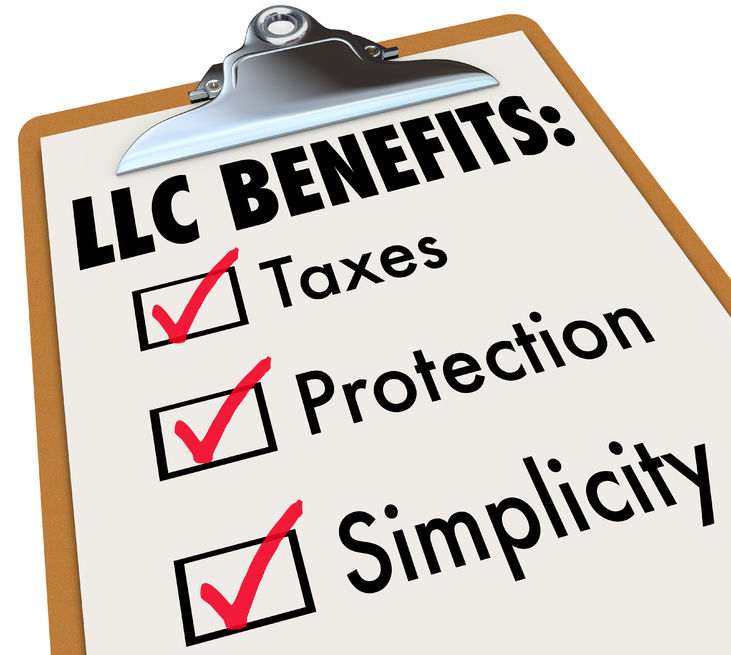One of the first things people consider when going into business is the type of entity or structure they would like to use to carry out their business. The business structure is like a vehicle which will take the business through its life cycle from formation to winding up. However, depending on the type of business, different structures may be appropriate for different stages of the business.
For example, it may be appropriate to start operating the business using an entity such as a sole trader or partnership and then incorporate a limited liability company later on.
Every business is different and the advantages and disadvantages of the structures available should be considered in light of your particular business.
Business Structures
Some of the common business structures are:
- sole trader,
- general partnership,
- limited partnership,
- trading trust,
- unincorporated joint venture,
- company,
- qualifying company and
- loss attributing qualifying company.
In this blog I look at the limited liability company; in particular, I give a quick overview of what a company is, some of the advantages and disadvantages of the company structure and how to incorporate a limited liability company.
Companies
A company is a separate legal entity in its own right. That means it is like a legal person. It is separate from its shareholders and directors and generally has the same rights and obligations of a natural person. That means it is also responsible for its own debts and liabilities.
Limited liability
The most attractive feature of a company is the limited liability protection for the company’s shareholders. That means the liability of shareholders is limited to the amount they have invested in the company. Creditors of the company cannot generally go after the personal assets of the shareholders. This protection is eroded when a Bank or creditor requires personal guarantees from the shareholders e.g. when money is borrowed or commercial premises are leased.
Directors and shareholders
A company must have one or more directors and one or more shareholders. The directors are in charge of managing the day to day operations of the company while the shareholders are effectively the owners and generally have control over the directors.
Advantages of a company
- Limited liability protection for shareholders;
- the ability to change the rights of shareholders – different shareholder can hold different types of shares (e.g. redeemable shares, preferential shares, limited or conditional voting shares or non-voting shares) and have different rights (e.g. voting rights, different rights to share in dividends and the distribution of surplus assets of the company). The default type of share, the “ordinary share”, will suit the shareholders in most small companies;
- the ability to expand the size of the company by issuing new shares;
- the company can potentially live forever (even after the directors or shareholders have died);
- the company structure is a easy way to separate management and ownership of the company and the ownership and control can easily be changed without changing the entire structure;
- more credibility in the market place;
- easy to raise finance (e.g. investors can buy shares);
- easy to sell a company;
- a company is relatively cheap and easy to set up.
The disadvantages of a company
- Limited liability protection can be eroded by shareholders and/or directors giving guarantees;
- on going administration and reporting costs;
- certain accounting records must be retained;
- the company must keep certain statutory records;
- the company must keep a share and interest register;
- it must prepare and file annual reports and tax returns;
- complete financial statements,
- appoint an auditor,
- comply with the law around distributing money or property to shareholders;
- there are certain duties imposed on company directors (directors need to understand their responsibilities);
- certain information about the company is available to the public e.g. the company’s, shareholder’s and director’s addresses, the share register, certain documents e.g. the company’s constitution (if it has one).
Setting up a company
A company can be incorporated online on the Companies Office website.
Reserve a company name
The first thing to do when incorporating a company is to check the company name you wish to use is available. The name you choose cannot be the same as, or almost the same as, an existing company’s name.
There are a few other restrictions on company names, for example, the name cannot be offensive. To check whether the name you wish to use is available you need to do a search for that name on the Companies Office website. If that name is not already in use you must then “reserve” the company name.
Reserving a company name costs $10.00 and lasts for 20 days. Within 20 days of reserving the company name, you must apply to incorporate the company.
Applying to incorporate a company
To incorporate a company you will need to pay $150.00 and provide the following documents:
- an application for registration,
- constitution (optional),
- a consent from each director and
- a consent from each shareholder.
It is a good idea to apply for and IRD and GST number for your company at the same time as incorporating your company.
Constitution
Although a constitution is optional, it is a good idea to have one. A constitution set out the rules for the company and is a public document.
The Companies Act 1993 contains certain mandatory rules for companies that cannot be amended by the constitution. For example:
- the company’s name must be clearly stated on all correspondence;
- the company must maintain a share register;
- and the certain duties are imposed on directors.
There are certain other optional rules that can be altered or negated by the constitution; but without a constitution the “default” options will apply. For example:
- the majority required to pass a special resolution;
- all shares have one vote and share in all distribution equally;
- all shares are of the same class; all new shares must be offered to existing shareholders first.
Then there are certain other rules that may only be relied on if provided for in the constitution. For example:
- restricting the transfer of shares;
- and the ability of the company to indemnify a director, employee or provide directors and officers with liability insurance.
Shareholders agreement
Another document to consider having is a shareholders agreement. This document is not available to the public and is like a “pre-nup” for the shareholders.
Professional advisors
Even though a company can be set up online without a lawyer, it is a good idea to consult your lawyer and accountant before doing so. These professional advisors can help with ensuring a company is the most appropriate structure for your business and ensuring the company is set up correctly for your business venture.





Leave A Comment